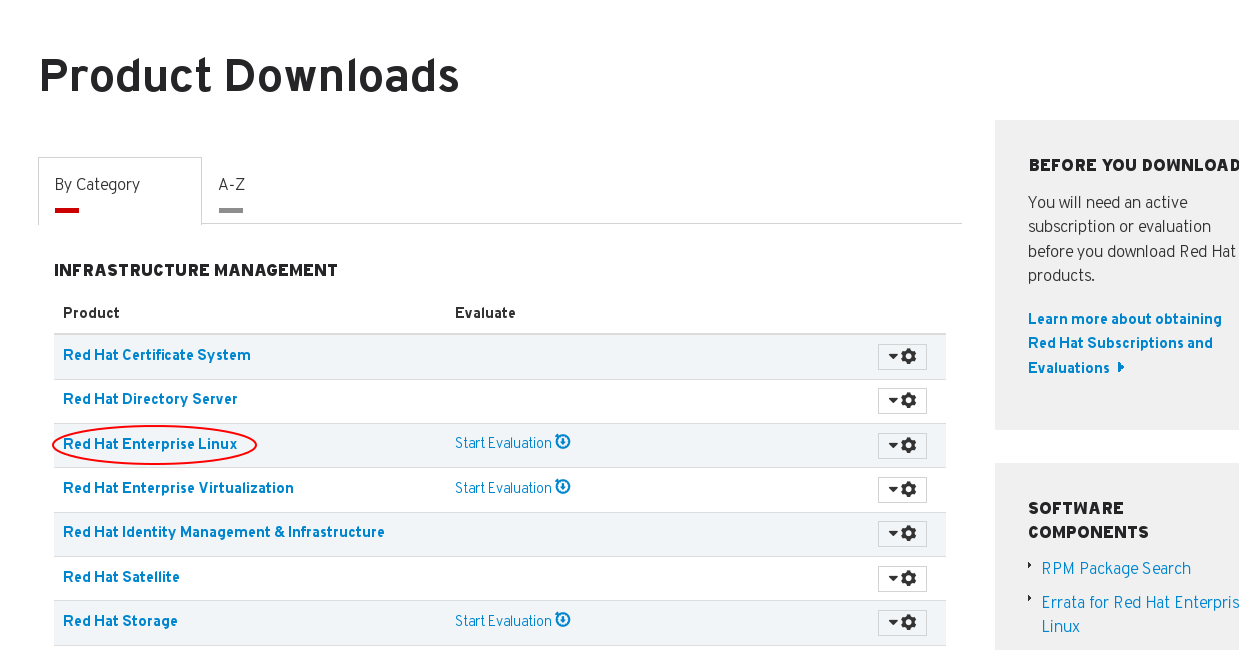

- #Redhat webdav client how to#
- #Redhat webdav client install#
- #Redhat webdav client driver#
- #Redhat webdav client full#
- #Redhat webdav client password#
Finally, we restarted the service to apply our changes.įor testing, we used the davfs filesystem driver, which you need to install on CentOS 7 using the davfs2 package from the EPEL repository. To create valid accounts in this database file, we then used the Apache2 htpasswd utility on the command line. The user account’s passwords will be stored in a user account database called /etc/httpd/conf/dav_passwords.
#Redhat webdav client password#
Within this area, we specified that this URL will be a DAV-enabled share, enabled SSL encryption for it, and specified basic user-based password authentication. This will be activated if someone is using specific HTTP methods on the /webdav path URL. Next, we defined an alias for our WebDAV sharing folder, which we then configured using a Location directive.
#Redhat webdav client full#
First, we have to link our WebDAV host to the full path of the lock database that is used to track user locks. As WebDAV runs as a native Apache module (mod_dav) that is already enabled by default in CentOS 7, all we need to do is create a new Apache virtual host configuration file, where we can set up all our WebDAV settings. The latter is needed so that users can block access to documents to avoid collisions with others if files are currently modified by them. We started our journey by creating two directories: one, where all the shared files of our WebDAV server will live, and one for creating a lock file database for the WebDAV server process. So, what did we learn from this experience? Here in this process, we showed you how easy it is to set up a WebDAV server for easy file sharing. If you’ve got connection problems, check the firewall settings on your WebDAV server for the services http and https, as well as on your client.Now, to see if we can write to the new network storage type:.
#Redhat webdav client driver#

#Redhat webdav client how to#
You will need a working Apache web server with SSL encryption enabled and reachable in your network see Providing Mail Services for how to install the HTTP daemon, and especially the process of Setting up HTTPS with SSL. To complete this process, you will require a working installation of the CentOS 7 operating system with root privileges and a console-based text editor of your choice. We will use HTTPS as our communication protocol for secure connections. Here, we will show you how to install and configure WebDAV as an alternative for the FTP protocol for your file sharing needs.

Another big advantage is that WebDAV is running over normal HTTP or HTTPS ports, so you can be sure that it will work in almost any environment, even behind restricted firewalls. For other operating systems, there are also free options available. Most graphical Linux or Windows systems can access WebDAV servers in their file managers out-of-the-box. There are a lot of online storage and e-mail providers who offer online space through WebDAV accounts. It is a popular protocol to conveniently access remote data as an online hard disk. The Web-based Distributed Authoring and Versioning (WebDAV) open standard can be used for sharing files over the network.


 0 kommentar(er)
0 kommentar(er)
